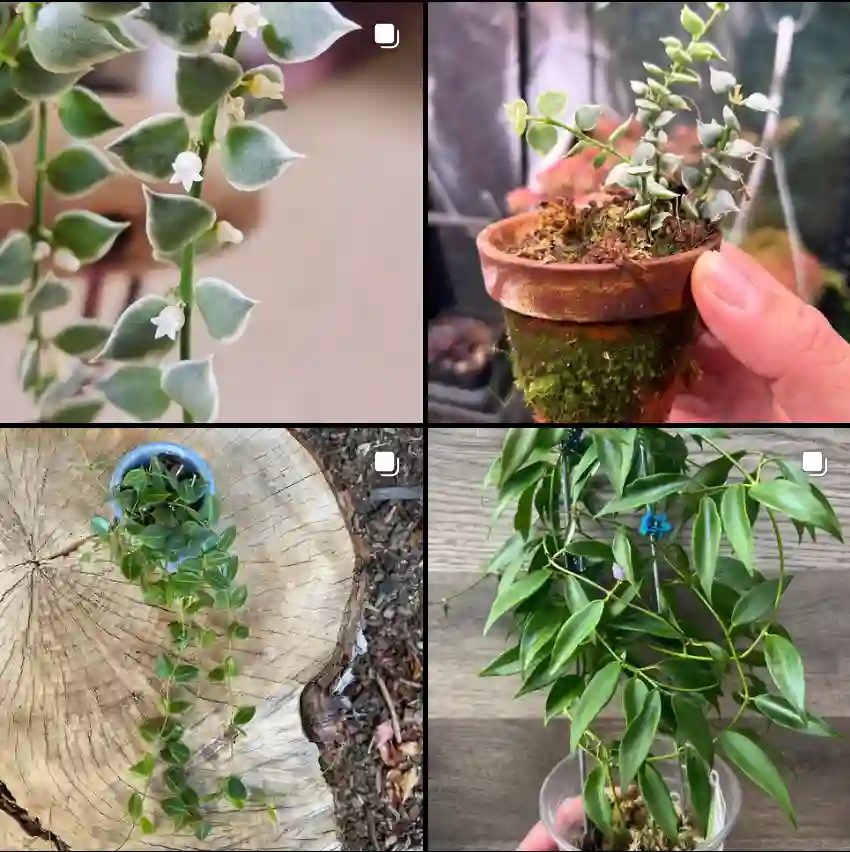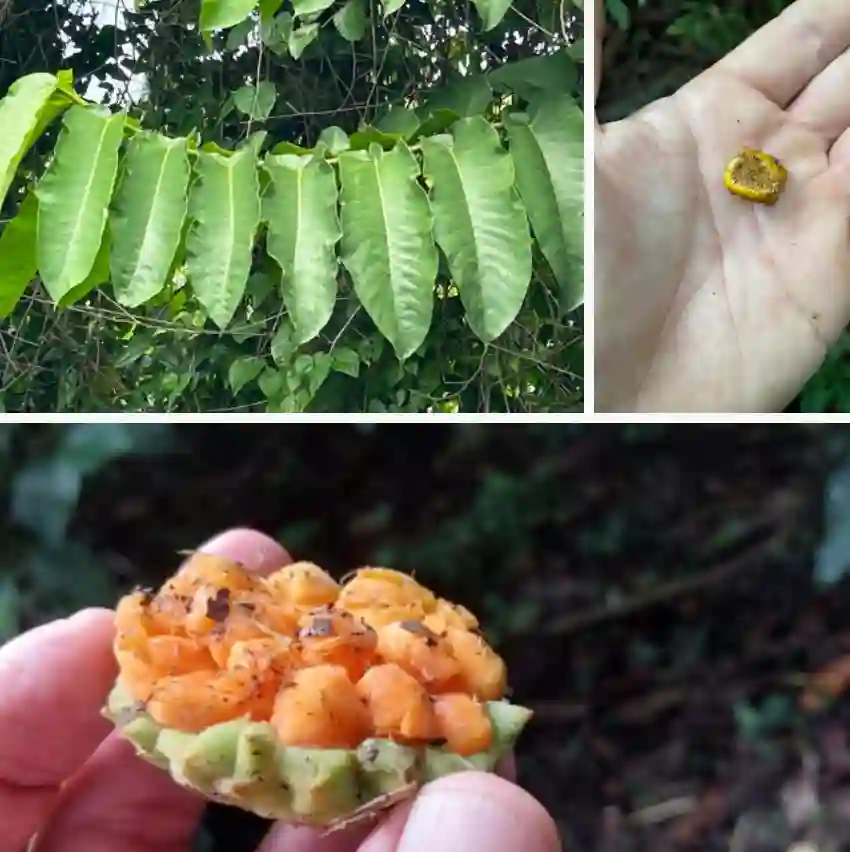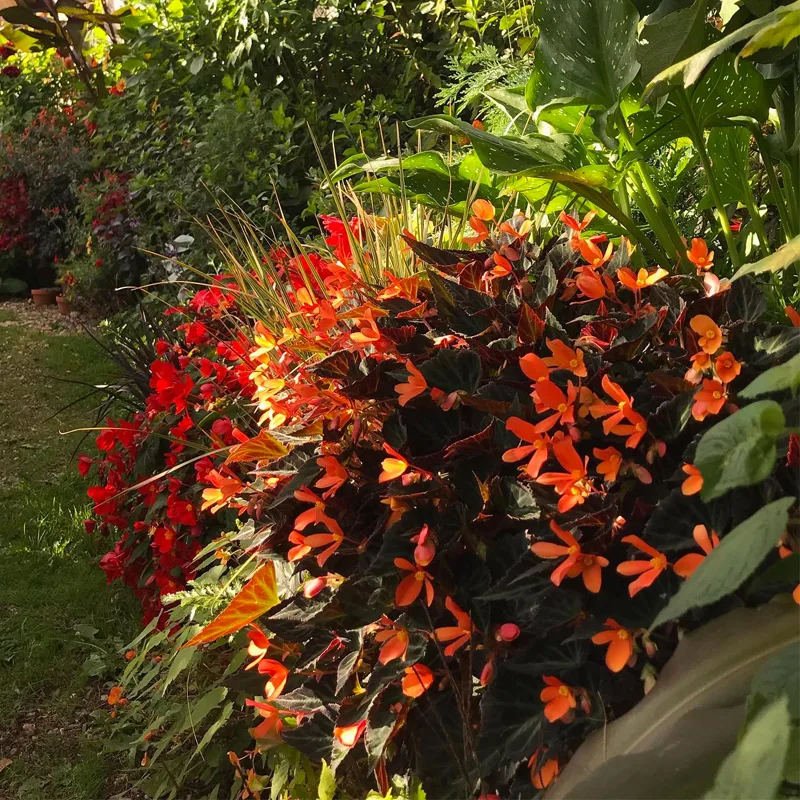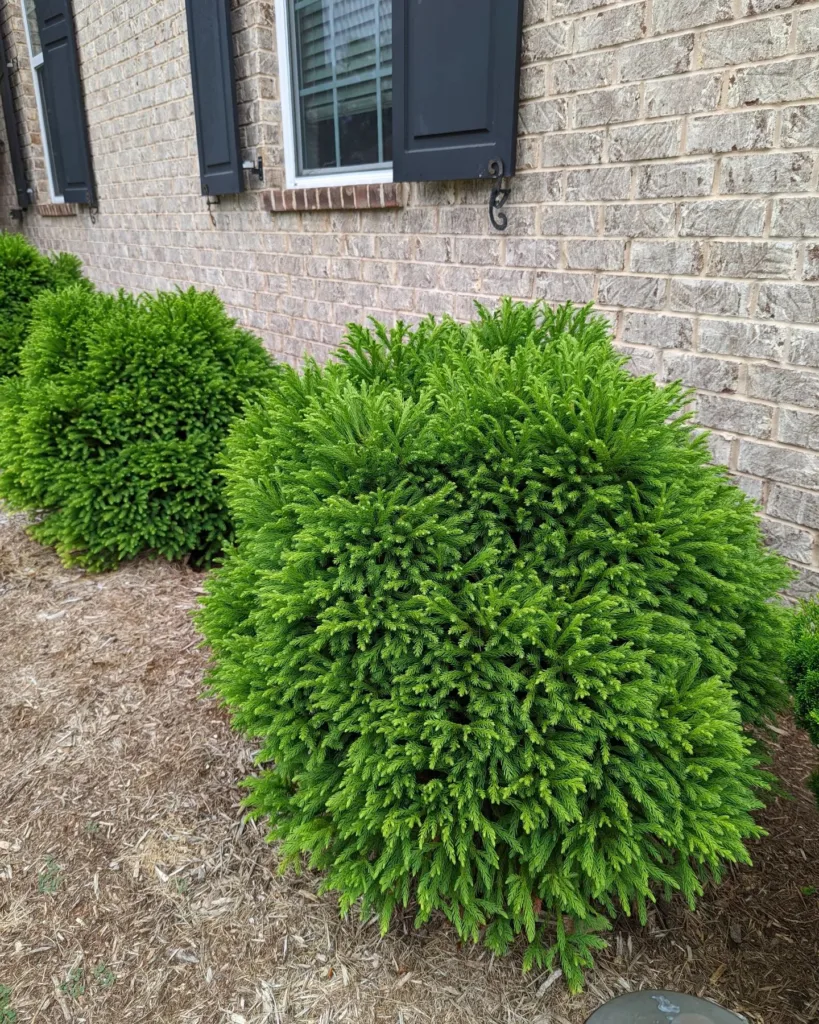FAQs About Cuphea Hummingbirds Lunch
Cuphea Hummingbirds Lunch is a unique and eye-catching plant. I’ve had personal experience growing it, and it’s one of those plants that stand out in the garden with its tubular flowers that attract hummingbirds. Here, I’ll answer some common questions about this fascinating plant and share tips on how to care for it.
253 Species in Genus Cuphea
What is Cuphea Hummingbirds Lunch?
Cuphea Hummingbirds Lunch is a hybrid plant bred for its ability to attract hummingbirds. The flowers are small, tubular, and vibrant, ranging in color from reds and oranges to purples and pinks. The blooms are abundant, appearing throughout the growing season, making it a magnet for hummingbirds. The plant itself is a compact shrub, reaching about 2 to 3 feet in height and width.
How to Care for Cuphea Hummingbirds Lunch?
In my experience, caring for Cuphea Hummingbirds Lunch is relatively easy. Here are the main things to consider:
- Sunlight: This plant loves full sun. It needs at least 6 hours of direct sunlight daily to thrive. If you live in a particularly hot climate, some afternoon shade can be beneficial to prevent scorching.
- Soil: Well-drained soil is crucial. While Cuphea Hummingbirds Lunch isn’t too fussy about soil type, it does best in slightly acidic to neutral soil. If the soil retains too much moisture, the roots can rot.
- Watering: Keep the soil consistently moist, but not waterlogged. During the hotter months, regular watering is necessary. However, once established, it can tolerate short periods of drought.
- Fertilization: I like to use a balanced fertilizer every few weeks during the growing season to encourage more blooms. Organic compost also works well.
- Pruning: Deadheading isn’t essential, but removing spent flowers can promote more blooming. Prune lightly after the flowering season to maintain its shape.
How to Propagate Cuphea Hummingbirds Lunch?
Propagation can be done through seeds or cuttings. Here’s how I’ve done it:
- Cuttings: Take semi-hardwood cuttings in late summer. Remove the lower leaves, dip the cut end in rooting hormone, and plant in a well-draining mix. Keep the cutting moist and in indirect light until roots form.
- Seeds: You can collect seeds from the spent flowers. Sow them in a seed-starting mix in late winter or early spring. Keep them moist and warm, and once they’ve sprouted and grown a bit, you can transplant them outside after the danger of frost has passed.
What to Plant with Cuphea Hummingbirds Lunch?
Pairing plants with Cuphea Hummingbirds Lunch can create a stunning garden display. I’ve had great success planting it alongside other hummingbird-attracting flowers. Here are some of my favorites:
- Salvia: The vibrant blue and purple hues of Salvia contrast beautifully with the red and orange tones of Cuphea.
- Lantana: Another hummingbird favorite, Lantana offers a range of colors that complement Cuphea’s flowers.
- Gaillardia: The bright, daisy-like flowers of Gaillardia make for a lovely mix with the tubular blooms of Cuphea.
These plants also enjoy similar growing conditions, making them easy to care for in the same space.
How to Use Cuphea Hummingbirds Lunch in the Garden?
I like to use Cuphea Hummingbirds Lunch in mixed borders or as part of a pollinator garden. The continuous blooms attract not just hummingbirds, but also butterflies and bees. It also works well in containers, which is perfect if you want to move it around to create different garden displays.
If you’re looking for a plant that provides visual interest and supports local wildlife, Cuphea Hummingbirds Lunch is an excellent choice. Its long blooming season and ability to draw in pollinators make it a valuable addition to any garden.
Is Cuphea Hummingbirds Lunch Toxic?
One of the questions I’ve seen asked often is whether Cuphea Hummingbirds Lunch is toxic to pets or humans. Based on my research and experience, it is generally considered non-toxic. However, like with any plant, it’s wise to prevent pets and children from ingesting it to avoid any potential reactions.
Can Cuphea Hummingbirds Lunch Tolerate Cold Weather?
Cuphea Hummingbirds Lunch is not frost-tolerant. If you live in a region with cold winters, treat it as an annual or bring it indoors before the first frost. I’ve had success overwintering it indoors by placing it in a bright, sunny spot and reducing watering during the cooler months. It can be a bit of a challenge, but the plant often bounces back in spring when you move it back outside.
Does Cuphea Hummingbirds Lunch Attract Pests?
From my experience, Cuphea Hummingbirds Lunch is relatively pest-resistant. I’ve seen the occasional aphid or spider mite, but nothing that can’t be managed with some neem oil or insecticidal soap. The plant’s overall hardiness makes it a low-maintenance choice for the garden.
Conclusion
Cuphea Hummingbirds Lunch is a fantastic addition to any garden, especially if you’re looking to attract pollinators like hummingbirds, butterflies, and bees. Its easy care requirements, vibrant blooms, and ability to thrive in sunny spots make it one of my go-to plants. Whether you’re planting it in the ground or in containers, you’ll be rewarded with a lively, colorful display throughout the growing season.
If i die, water my plants!



